
Lausanne là thành phố nói tiếng Pháp của Thụy Sỹ, tọa lạc bên bờ Hồ Geneva (tiếng Pháp: Lac Léman), nhìn ra Évian-les-Bains (Pháp) và có Dãy núi Jura về phía Bắc thành phố. Lausanne cách thành phố Geneva 50 km về phía Đông Bắc. Thành phố này là thủ phủ của canton Vaud và của quận Lausanne. Trụ sở của Ủy ban Thế vận hội Quốc tế (International Olympic Committee) nằm ở Lausanne. Thành phố nằm giữa một vùng sản xuất rượu vang.
Người La Mã đã xây dựng một trại quân mà học gọi là Lousanna, tại địa điểm của một khu định cư của người Celt, gần địa điểm của Vidy và Ouchy ngày nay; trên ngọn đồi mà trê đó có một pháo đài gọi là 'Lausodunon' hay 'Lousodunon' (Đuôi 'y' thì phổ biến trong nhiều tên có nguồn gốc La Mã ở khu vực này, ví dụ như Prilly, Pully, Lutry,...vv).
 Sau khi Đế chế La Mã sụp đổ, việc thiếu an ninh đã buộc Lausanne phải chuyển đến trung tâm hiện nay tại một địa điểm nhiều đồi và dễ phòng thủ hơn.
Sau khi Đế chế La Mã sụp đổ, việc thiếu an ninh đã buộc Lausanne phải chuyển đến trung tâm hiện nay tại một địa điểm nhiều đồi và dễ phòng thủ hơn. 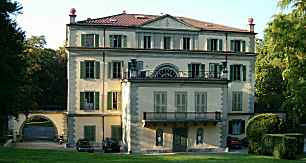
Villa Mon ReposThành phố nổi lên từ doanh trại đã nằm dưới sự cai trị của Các công tước Savoy và Giám mục Lausanne. Sau đó nó thuộc Berne từ 1536 đến 1798 và một số kho báu văn hóa của nó, bao gồm các tấm khảm treo tại Đại giáo đường đã bị dỡ bỏ.
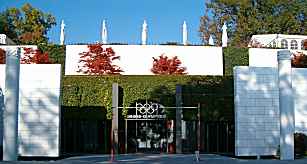
Olympic MuseumLausanne đã nhiều lần kiến nghị phục hồi chúng. Trong thời kỳ Chiến tranh Napoleon, địa vị của nó bị thay đổi. Năm 1803, nó đã trở thành thủ đô của canton của Thụy Sỹ mới được thành lập là Vaud mà theo canton này nó đã gia nhập Liên bang Thụy Sỹ. Từ thập niên 1950 đến thập niên 1970, một số lượng lớn người Italia, Tây Ban Nha và Bồ Đào Nha nhập cư vào đây và định cư phần lớn ở quận công nghiệp Renens và thay đổi cả nghị viên địa phương.
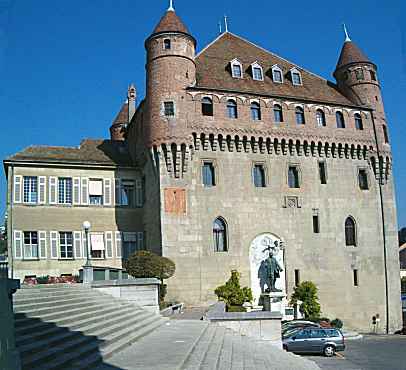
Castle St-Maire
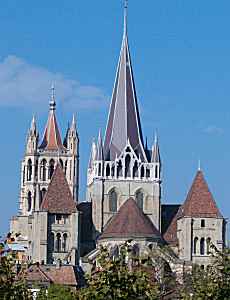
Cathedral Notre-Dame (1275)Thành phố có truyền thống yên tĩnh nhưng thập niên 1960 và 1970 đã xảy ra một loạt các cuộc biểu tình của thanh niên bị cảnh sát chống lại và tạo ra sự xuất hiện của khẩu hiệu 'Lausanne bouge' (Lausanne is getting animated). In a rare showmanship of anti-authoritarianism, the youth responded by ascribing to the word flic (literally "cop") the term, Fédération Lausannoise des Imbéciles Casqués. The next vigorous demonstrations took place to protest against the high cinema prices and since then the city has returned to its very very very very very sleepy self. Đến thập niên 1990, thành phố này được xem là một trong những nơi có tỷ lệ nhiễm AIDS cau nhất châu Âu.
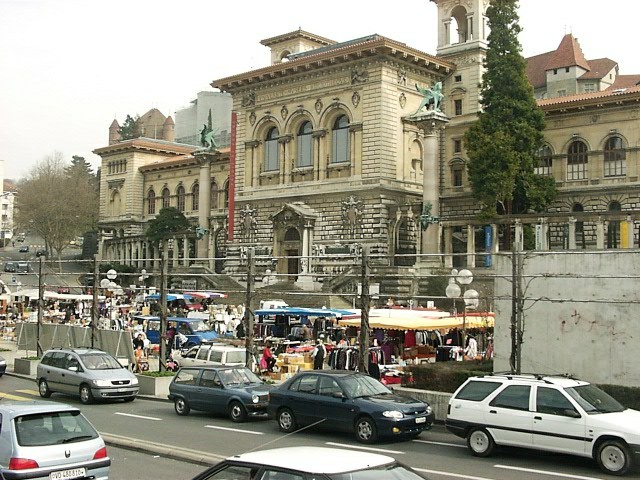 Một quyết định ngạc nhiên của thành phố có trụ sở của Ủy ban Olympic Quốc tế là theo cuộc trưng cầu dân ý năm 1992[cần dẫn nguồn], công dân của nó lại phản đối đăng cai Thế vận hội mùa Đông. Giới quyền chức thành phố quá tin tưởng vào kết quả thuận của cuộc trưng cầu này đến mức họ đã chuẩn bị sẵn một tiệc champagne ăn mừng trước.
Một quyết định ngạc nhiên của thành phố có trụ sở của Ủy ban Olympic Quốc tế là theo cuộc trưng cầu dân ý năm 1992[cần dẫn nguồn], công dân của nó lại phản đối đăng cai Thế vận hội mùa Đông. Giới quyền chức thành phố quá tin tưởng vào kết quả thuận của cuộc trưng cầu này đến mức họ đã chuẩn bị sẵn một tiệc champagne ăn mừng trước.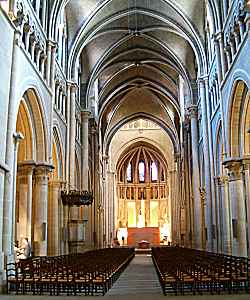
Cathedral Notre-Dame
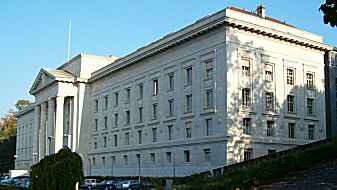
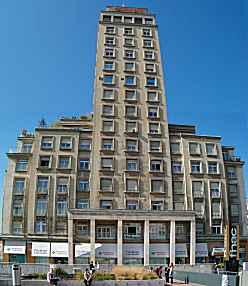
Genevoise building, Place Bel Air
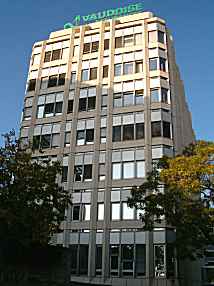
Vaudoise building by Jean Tschumi, 1959-61
Đặc điểm quan trọng nhất của khu vực xung quanh Lausanne là hồ Geneva (Lac Léman trong tiếng Pháp). Lausanne được xây dựng bên sườn dốc phía Nam của Cao nguyên Thụy Sỹ với sự chênh lệch độ cao khoảng 500 giữa bờ hồ tại Ouchy và rìa phía Bắc giáp vời Le Mont-sur-Lausanne và Epalinges. Ngoài đặc điểm địa hình nhìn chung dốc về phí Nam, trung tâm của thành phố là địa điểm của một con sông cổ Flon đã bị lấp từ thế kỷ 19. Con sông trước đây đã tạo thành một rãnh hẻm chạy băng qua giữa thành phố phía Nam của trung tâm phố cũ, nhìn chung dọc theo phố Rue Centrale hiện hữu, với nhiều cây cầu bắc qua chỗ lõm nối với các neighborhoods gần đấy.
Lausanne và khác khu vực lân cận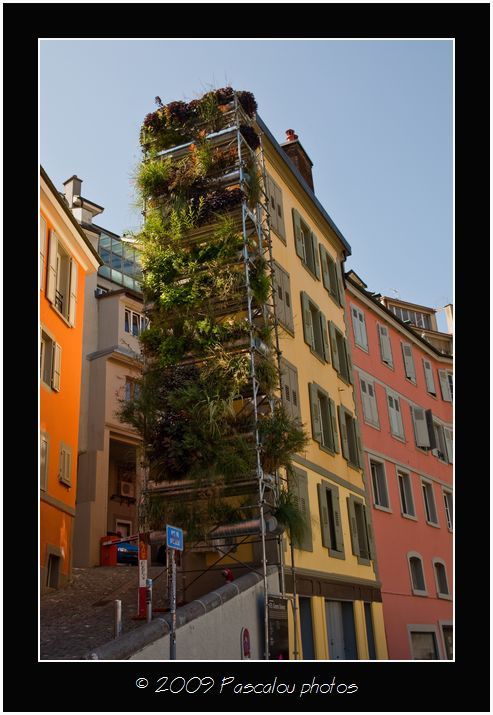





 Lausanne nằm giữa một khu vực giới hạn giữa một khu vực trồng nho rộng lớn Lavaux (về phía Nam) và la Côte (về phía Tây).
Lausanne nằm giữa một khu vực giới hạn giữa một khu vực trồng nho rộng lớn Lavaux (về phía Nam) và la Côte (về phía Tây).
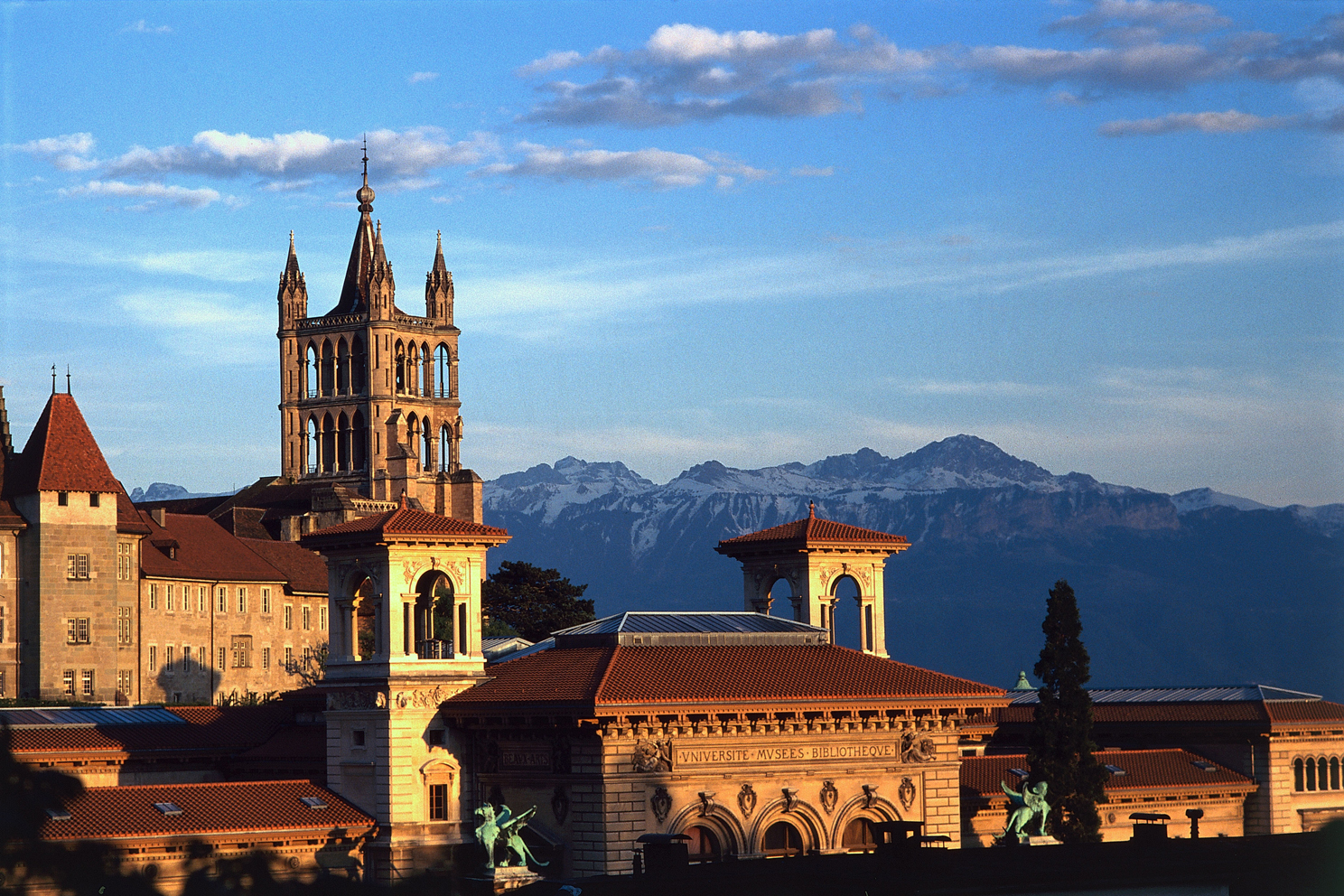

 Dân số của khu vực Đại Lausanne (grand Lausanne) khoảng 250.000 (ước tính năm 2005).
Dân số của khu vực Đại Lausanne (grand Lausanne) khoảng 250.000 (ước tính năm 2005).

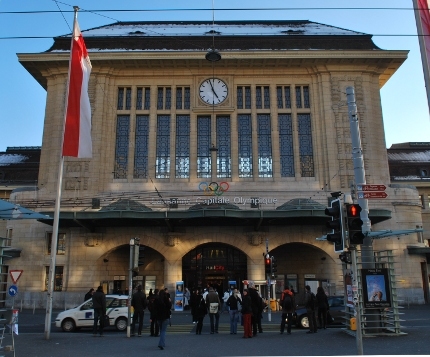


 A mountain village at the head of the Visp valley and at the foot of the Matterhorn, in the canton of the Valais, Switzerland. It is 223/4 m. by rail from Visp in the Rhne valley, and there is also a railway from Zermatt past the Riffel inns to the very top of the Gornergrat (10,289 ft.). The village is 5315 ft. above the sea, and in 1900 had 741 permanent inhabitants (all Romanists save 9, and all but 12 German-speaking), resident in 73 houses. Formerly Zermatt was called Praborgne, and this name is mentioned in the Swiss census of 1888.
A mountain village at the head of the Visp valley and at the foot of the Matterhorn, in the canton of the Valais, Switzerland. It is 223/4 m. by rail from Visp in the Rhne valley, and there is also a railway from Zermatt past the Riffel inns to the very top of the Gornergrat (10,289 ft.). The village is 5315 ft. above the sea, and in 1900 had 741 permanent inhabitants (all Romanists save 9, and all but 12 German-speaking), resident in 73 houses. Formerly Zermatt was called Praborgne, and this name is mentioned in the Swiss census of 1888.
Its originally Romance population seems to have been Teutonised in the course of the I5th century, the name Matt (now written Zermatt, i.e. the village on the meadows) first occurring at the very end of that century. Zermatt was long known to botanists and geologists only, and has an interesting though very local history. De Saussure in 1789 was one of the first tourists to visit it. But it was not till the arrival of M. Alexandre Seiler in 1854 that its fame as one of the chief tourist resorts in the Alps was laid, for tourists abound only where there are good inns. When M. Seiler died in 1891 he was proprietor of most of the great hotels in and around Zermatt.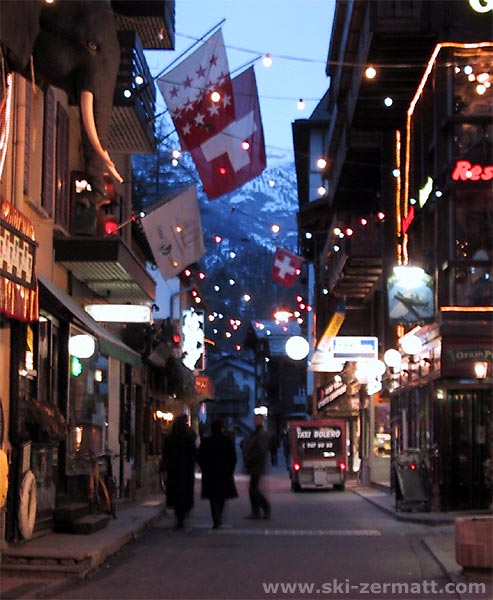


The Matterhorn, which frowns over the village from which it takes its name, was not conquered till 1865, Mr E. Whymper and two guides then alone surviving the terrible accident in which their four comrades perished. The easy glacier pass of the St Thodule (10,899 ft.) leads S. in six hours from the village to the Val Tournanche, a tributary glen. of the valley of Aosta.

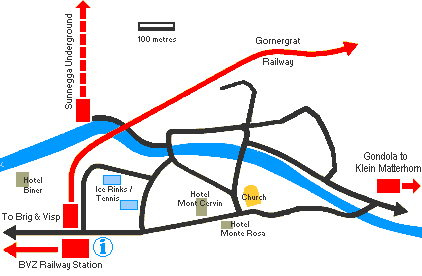 5500 permanent residents, 13500 guest beds
5500 permanent residents, 13500 guest beds
Local language is German; English spoken throughout
5 Doctors, 1 Dentist, 4 pharmacies
1 Physiotherapist
Heliport Zermatt with 4 helicopters
Comprehensive Emergency service
Catholic and English churches
Post Office with telephones, Telex, public fax
Three supermarkets & many specialty food stores
Many Sports shops with ski, snowboard, mountain bike & climbing equipment sales and rental
Several Clothing boutiques & Shoe shops
Two Photo shops, several Dry-cleaners
Many Jewellers, Watch and souvenir shops
Many Hairdressers and Barbers
Mains power supply: 220 volts, 50 Hz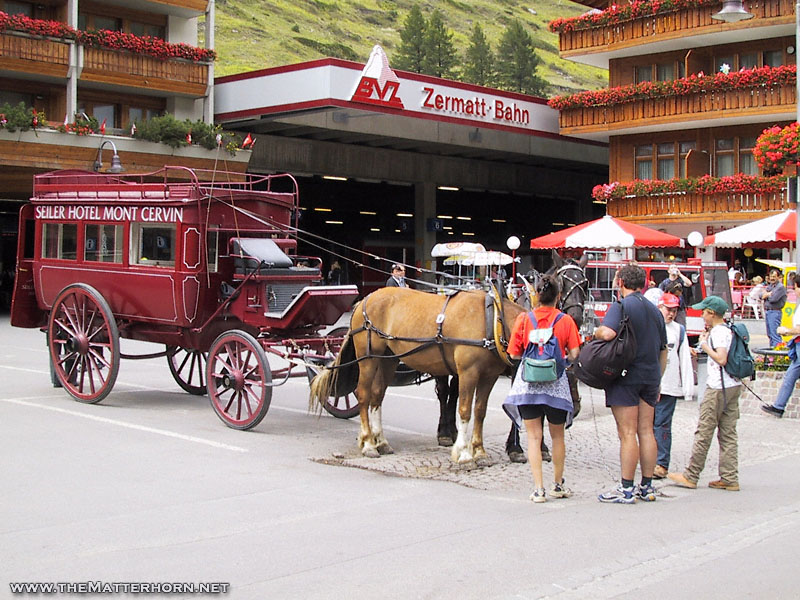








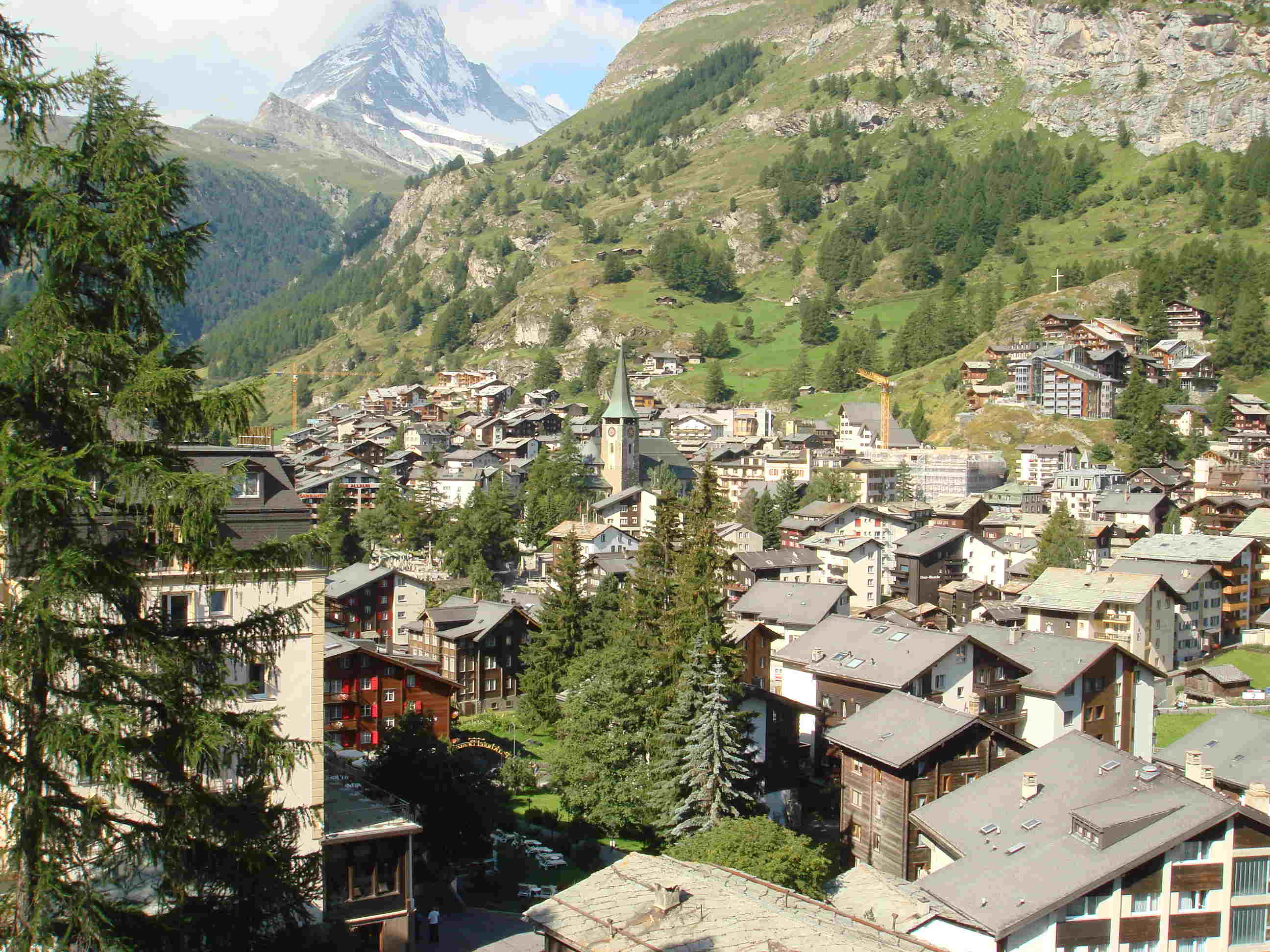

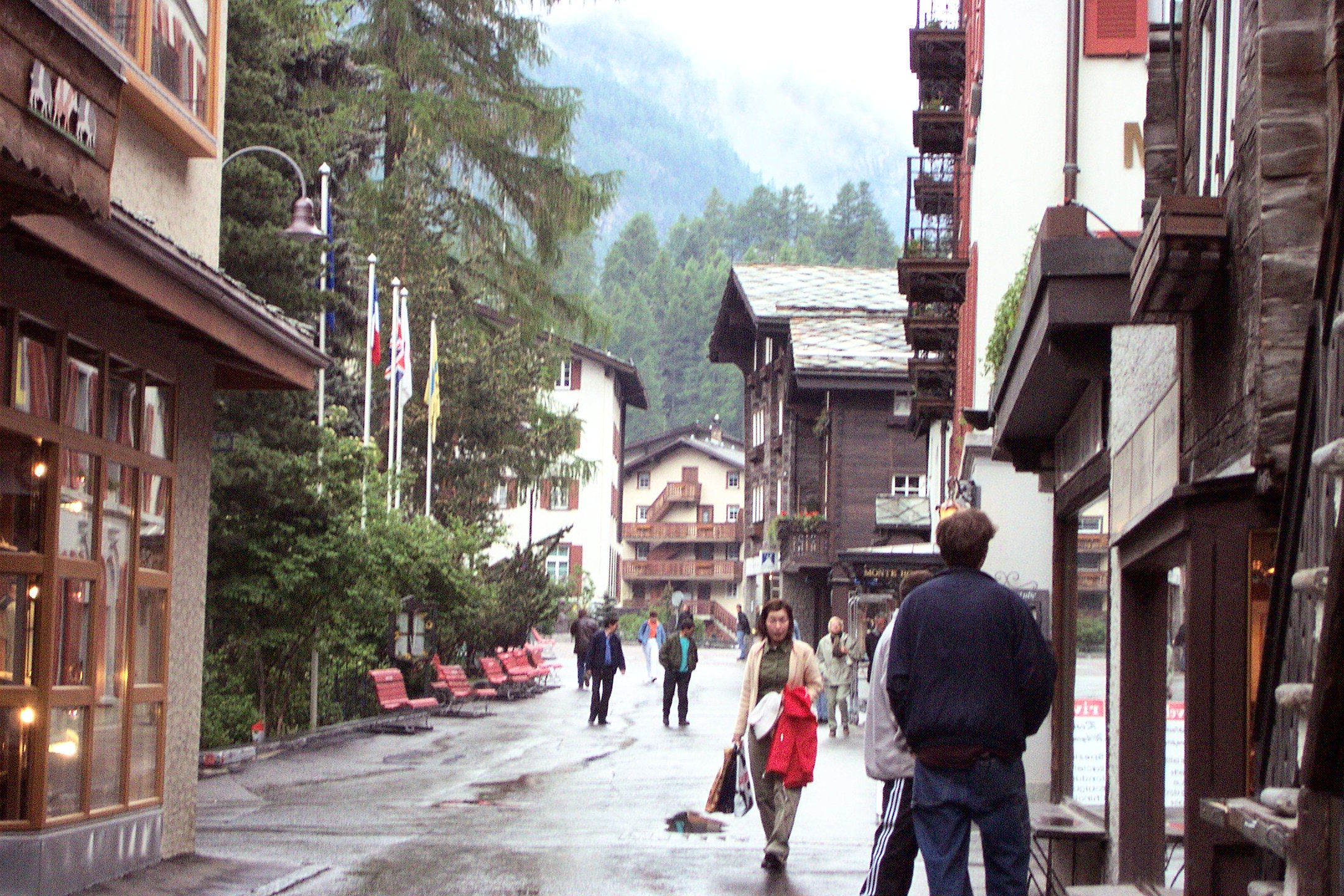





























 Lausanne nằm giữa một khu vực giới hạn giữa một khu vực trồng nho rộng lớn Lavaux (về phía Nam) và la Côte (về phía Tây).
Lausanne nằm giữa một khu vực giới hạn giữa một khu vực trồng nho rộng lớn Lavaux (về phía Nam) và la Côte (về phía Tây).


 Dân số của khu vực Đại Lausanne (grand Lausanne) khoảng 250.000 (ước tính năm 2005).
Dân số của khu vực Đại Lausanne (grand Lausanne) khoảng 250.000 (ước tính năm 2005).




 A mountain village at the head of the Visp valley and at the foot of the Matterhorn, in the canton of the Valais, Switzerland. It is 223/4 m. by rail from Visp in the Rhne valley, and there is also a railway from Zermatt past the Riffel inns to the very top of the Gornergrat (10,289 ft.). The village is 5315 ft. above the sea, and in 1900 had 741 permanent inhabitants (all Romanists save 9, and all but 12 German-speaking), resident in 73 houses. Formerly Zermatt was called Praborgne, and this name is mentioned in the Swiss census of 1888.
A mountain village at the head of the Visp valley and at the foot of the Matterhorn, in the canton of the Valais, Switzerland. It is 223/4 m. by rail from Visp in the Rhne valley, and there is also a railway from Zermatt past the Riffel inns to the very top of the Gornergrat (10,289 ft.). The village is 5315 ft. above the sea, and in 1900 had 741 permanent inhabitants (all Romanists save 9, and all but 12 German-speaking), resident in 73 houses. Formerly Zermatt was called Praborgne, and this name is mentioned in the Swiss census of 1888.Its originally Romance population seems to have been Teutonised in the course of the I5th century, the name Matt (now written Zermatt, i.e. the village on the meadows) first occurring at the very end of that century. Zermatt was long known to botanists and geologists only, and has an interesting though very local history. De Saussure in 1789 was one of the first tourists to visit it. But it was not till the arrival of M. Alexandre Seiler in 1854 that its fame as one of the chief tourist resorts in the Alps was laid, for tourists abound only where there are good inns. When M. Seiler died in 1891 he was proprietor of most of the great hotels in and around Zermatt.



The Matterhorn, which frowns over the village from which it takes its name, was not conquered till 1865, Mr E. Whymper and two guides then alone surviving the terrible accident in which their four comrades perished. The easy glacier pass of the St Thodule (10,899 ft.) leads S. in six hours from the village to the Val Tournanche, a tributary glen. of the valley of Aosta.

 5500 permanent residents, 13500 guest beds
5500 permanent residents, 13500 guest bedsLocal language is German; English spoken throughout
5 Doctors, 1 Dentist, 4 pharmacies
1 Physiotherapist
Heliport Zermatt with 4 helicopters
Comprehensive Emergency service
Catholic and English churches
Post Office with telephones, Telex, public fax
Three supermarkets & many specialty food stores
Many Sports shops with ski, snowboard, mountain bike & climbing equipment sales and rental
Several Clothing boutiques & Shoe shops
Two Photo shops, several Dry-cleaners
Many Jewellers, Watch and souvenir shops
Many Hairdressers and Barbers
Mains power supply: 220 volts, 50 Hz


Zermatt, situated at 1594 meters elevation is a small village at the base of the Matterhorn (Mont Cervin), lying on sixty-six kilometers southwest of Sierre, 48 km southwest of Brig and 242 km east of Geneva. Zermatt is famous hiking and hill-climbing resort for more than 150 years. A couple of the most memorable hikes include the climb up to the Mettelhorn (3300 meters.) and the hike up to the Matterhorn Hut.
Zermatt is a world-known resort with many luxurious quality accommodations and numerous fashionable boutiques. One can walk from one end of the town to the other in just about fifteen minutes, which is convenient, since no cars are allowed on the local streets. The resort also has one of the best systems of alpine cable cars, gondolas, and cog railways in Switzerland – thirty-six of them are in operation during the winter and twenty-one during the summer.

Zermatt is a world-known resort with many luxurious quality accommodations and numerous fashionable boutiques. One can walk from one end of the town to the other in just about fifteen minutes, which is convenient, since no cars are allowed on the local streets. The resort also has one of the best systems of alpine cable cars, gondolas, and cog railways in Switzerland – thirty-six of them are in operation during the winter and twenty-one during the summer.

Zermatt Skiing Holidays
Due to the more snowfalls on the Zermatt resort than on many other winter resorts in Europe, high-altitude skiing, particularly at the Théodul Pass continues throughout the spring and even early summer. As for winter skiing, skiers can choose from a wide, gentle slopes and difficult runs only for expert skiers. Zermatt's ski school offers certified instruction and mountain guides.
Piste info: overall, the resort has 313 km runs, of which blue: 73; green: 25; red: 6; black: 15, Highest lift is at 3883 meters and the drop - 2200m.
Zermatt also features a popular curling center, with 8 rinks, as well as 2 natural ice-skating rinks, unusual shops, and a good diversity of bars and restaurants.
Piste info: overall, the resort has 313 km runs, of which blue: 73; green: 25; red: 6; black: 15, Highest lift is at 3883 meters and the drop - 2200m.
Zermatt also features a popular curling center, with 8 rinks, as well as 2 natural ice-skating rinks, unusual shops, and a good diversity of bars and restaurants.


Of interest for most visitors of Zermatt is the Alpine Museum, which details Whymper’s climb to the Matterhorn. The displays here include climbing equipment, various relief models of the majestic mountain, and different artifacts discovered around Zermatt from prehistoric and Roman times. The Alpine museum is open from June to October daily from ten am to noon and from four to 6 pm; from December to May, its open Sunday to Friday 4:30 - 6:30 pm; and closed in November. the train station; the museum is in back.
The resort of Zermatt is also famous for its après-ski activities, which include some exciting tea dances, nightclubs, discos, restaurants and bars; actually Zermatt has more nightclubs than any other resort in the Valais.
The resort of Zermatt is also famous for its après-ski activities, which include some exciting tea dances, nightclubs, discos, restaurants and bars; actually Zermatt has more nightclubs than any other resort in the Valais.
 Festivals and Events in Zermatt
Festivals and Events in Zermatt
Zermatt Marathon

July (annual), Zermatt
As if running on a marathon is not an achievement enough itself, the Swiss take on the forty-two kilometers challenge through steep and rugged Alpine terrain. Zermatt Marathon starts in St. Niklaus at 1116 m. elevation, and race up the mountain side to the town of Zermatt, finishing atop the 2585 m. majestic Riffelberg, encircle by snowy peaks. The scenic views and the effect of running uphill for about 7 hours are simply fascinating.
As if running on a marathon is not an achievement enough itself, the Swiss take on the forty-two kilometers challenge through steep and rugged Alpine terrain. Zermatt Marathon starts in St. Niklaus at 1116 m. elevation, and race up the mountain side to the town of Zermatt, finishing atop the 2585 m. majestic Riffelberg, encircle by snowy peaks. The scenic views and the effect of running uphill for about 7 hours are simply fascinating.
Swiss Snowboard Championship
March (annual), Zermatt
The Swiss Snowboard Championship is a half-pipe competition that attracts the top snowboard riders to the resort of Zermatt. However, the traditional Swiss Alpine village has also lots more to offer in addition to the skiing and snowboarding, including climbing, paragliding, swimming and tobogganing. These competitions are the breeding ground for professional boarders, so keep yours eyes open for the future snowboarding stars.
Triftji Bump Bash
5 - 8 April (annual), Zermatt
Zermatt’s annual Bump Bash is held on the slopes encircling the majestic 3000 meters high Triftji glacier, and offers great world-class skiing and snowboarding.
The Bump Bash offers 4 days of lighthearted contest and great partying in one of the best Swiss ski resorts - Zermatt. The Triftji event, offering plenty of fun, attracts in an international crowd, which is divided into “amateurs” and “pros” based on one’s experience and ability. The rivals in both categories contest for the overall Bump Bash title by participating in bodefull named disciplines such as “Women Just Bumps no Jumps”. The event ends up with a “Mega Party” in the Saigon Bar, with plenty of loud live music and top DJs until the small hours.
March (annual), Zermatt
The Swiss Snowboard Championship is a half-pipe competition that attracts the top snowboard riders to the resort of Zermatt. However, the traditional Swiss Alpine village has also lots more to offer in addition to the skiing and snowboarding, including climbing, paragliding, swimming and tobogganing. These competitions are the breeding ground for professional boarders, so keep yours eyes open for the future snowboarding stars.
Triftji Bump Bash
5 - 8 April (annual), Zermatt
Zermatt’s annual Bump Bash is held on the slopes encircling the majestic 3000 meters high Triftji glacier, and offers great world-class skiing and snowboarding.
The Bump Bash offers 4 days of lighthearted contest and great partying in one of the best Swiss ski resorts - Zermatt. The Triftji event, offering plenty of fun, attracts in an international crowd, which is divided into “amateurs” and “pros” based on one’s experience and ability. The rivals in both categories contest for the overall Bump Bash title by participating in bodefull named disciplines such as “Women Just Bumps no Jumps”. The event ends up with a “Mega Party” in the Saigon Bar, with plenty of loud live music and top DJs until the small hours.

Zermatt Festival
September (annual), Zermatt
The Zermatt Festival is an international classical music fest, which includes world renowned artists. Many of the concerts on Zermatt Festival are carried out in the acoustically unique Riffelalp Mountain Chapel, located against the magnificent backdrop of the Matterhorn, at 2222m. elevation.
The Zermatt Festival is an international classical music fest, which includes world renowned artists. Many of the concerts on Zermatt Festival are carried out in the acoustically unique Riffelalp Mountain Chapel, located against the magnificent backdrop of the Matterhorn, at 2222m. elevation.
Matterhorn Run

August (annual), Zermatt
The Matterhorn run is regarded as one of the world’s greatest mountain races and brings elite runners from around the world. The race goes from Zermatt to Furi and on to Schwarzsee at 2582m. above the sea level. It is 14.35 kilometers long and includes a vertical drop of 1001m.
The Matterhorn run is regarded as one of the world’s greatest mountain races and brings elite runners from around the world. The race goes from Zermatt to Furi and on to Schwarzsee at 2582m. above the sea level. It is 14.35 kilometers long and includes a vertical drop of 1001m.
Zermatt Transportation
Take a train to Visp or Brig, from where one can transfer to a narrow-gauge train to Zermatt. The trains depart on every twenty minutes daily from 6am to 11:30pm. It takes about four hours from Geneva. Additionally, buses run from Visp and Brig to Täsch on every hour, which is also the departure point for the cog railway that goes frequently to the resort of Zermatt.
If going there by car, head to Täsch, which is on less than 5 kilometers from Zermatt, and park your car in an open lot or a garage (no cars are allowed on Zermatt’s streets!). A rail shuttle in the center of the village will take you to the resort for about 15F per person round-trip.
From the town of Zermatt, one can take one of the grandest and most picturesque train rides in Europe. The Glacier Express might be the slowest “express” train in the world, but it is also the most panoramic, offering some breathtaking views from Switzerland. The train starts its daily run in Zermatt and heads for St. Moritz in the Engadine. On its way Glacier Express crosses 291 bridges and goes through ninety-one tunnels. Windows on the train are designed for maximum wide views of these outstanding mountain panoramas.
If going there by car, head to Täsch, which is on less than 5 kilometers from Zermatt, and park your car in an open lot or a garage (no cars are allowed on Zermatt’s streets!). A rail shuttle in the center of the village will take you to the resort for about 15F per person round-trip.
From the town of Zermatt, one can take one of the grandest and most picturesque train rides in Europe. The Glacier Express might be the slowest “express” train in the world, but it is also the most panoramic, offering some breathtaking views from Switzerland. The train starts its daily run in Zermatt and heads for St. Moritz in the Engadine. On its way Glacier Express crosses 291 bridges and goes through ninety-one tunnels. Windows on the train are designed for maximum wide views of these outstanding mountain panoramas.




































No comments:
Post a Comment